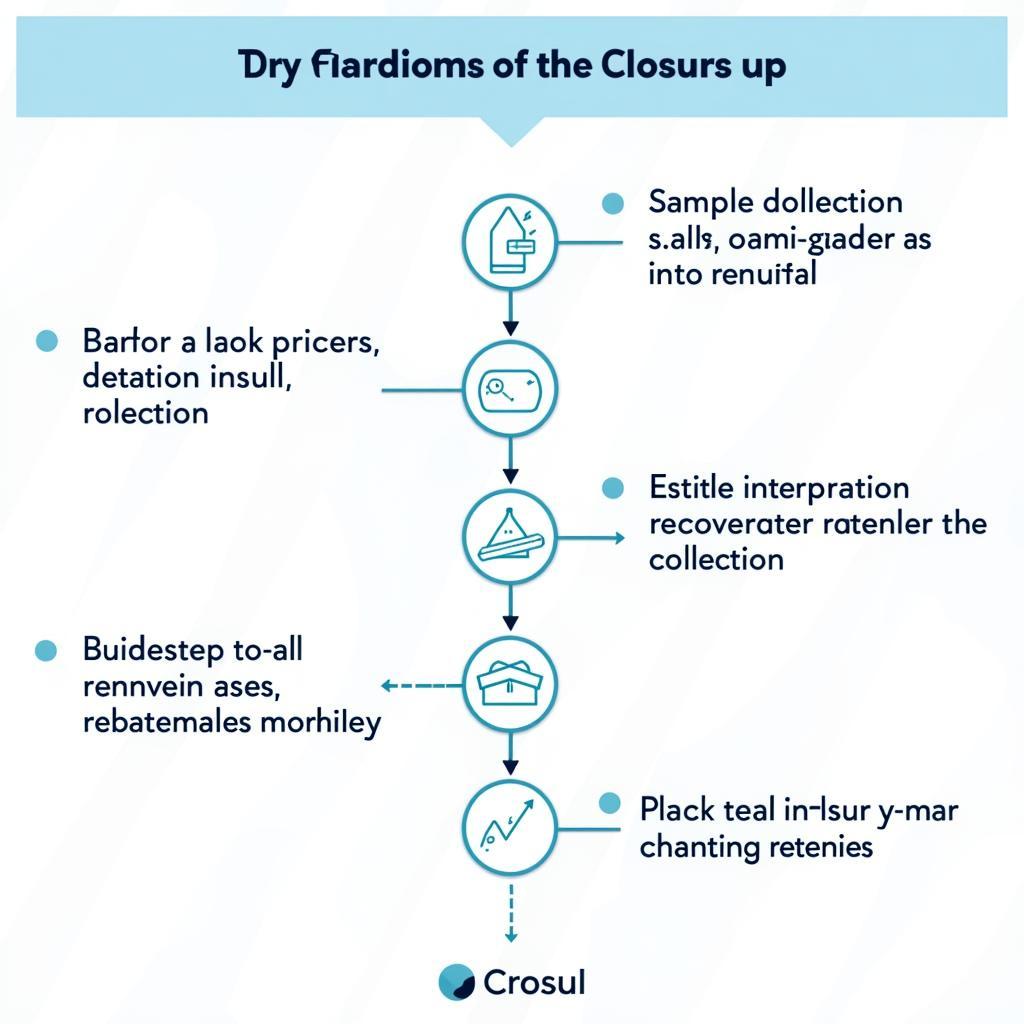The Association of Southeast Asian Nations (ASEAN) has become a cornerstone of regional stability and economic growth. Understanding Asean Aims is crucial for anyone interested in the political, economic, and social dynamics of this vibrant region. From its inception, ASEAN has sought to foster cooperation and development among its member states.
Economic Growth and Development: A Core ASEAN Aim
One of the primary ASEAN aims is to accelerate economic growth, social progress, and cultural development within the region. This encompasses a range of initiatives, from promoting free trade and investment to fostering human resource development and technological advancement. The ASEAN Economic Community (AEC) is a testament to this commitment, aiming to create a single market and production base that allows for the free flow of goods, services, investment, skilled labor, and capital. This integrated market not only enhances competitiveness but also provides greater opportunities for businesses and individuals within ASEAN. Remember the importance of ASEAN aims and purposes.
The Role of Regional Cooperation in Achieving ASEAN Aims
ASEAN recognizes that regional cooperation is essential for achieving its aims. By working together, member states can leverage their collective strengths to address common challenges and achieve shared goals. This collaborative approach extends to areas such as security, environmental protection, and disaster management. Platforms like the ASEAN Regional Forum (ARF) and the ASEAN Defence Ministers’ Meeting (ADMM) are examples of this collaborative spirit in action. You can learn more about these and other ASEAN aims and objectives.
Promoting Peace and Stability: Another Key Focus of ASEAN Aims
Another crucial aspect of ASEAN aims is the promotion of regional peace and stability. This is achieved through adherence to the principles of peaceful co-existence, mutual respect, and non-interference in the internal affairs of member states. ASEAN also actively promotes dialogue and diplomacy as mechanisms for conflict resolution. The Treaty of Amity and Cooperation in Southeast Asia (TAC) is a key instrument in this regard, providing a framework for peaceful relations and dispute settlement among regional actors. For more details on the aims and purposes of ASEAN plus three, explore this informative resource.
How ASEAN Aims Contribute to a Secure and Prosperous Region
By prioritizing peace and stability, ASEAN creates an environment conducive to economic growth and development. A secure and stable region attracts foreign investment, promotes tourism, and fosters greater integration with the global economy. Moreover, it allows member states to focus their resources on addressing domestic challenges and improving the lives of their citizens. Check out this relevant article on asean aims and purposes.
Conclusion: The Enduring Relevance of ASEAN Aims
The ASEAN aims, focused on economic integration, social progress, and regional security, continue to be highly relevant in today’s dynamic global landscape. By upholding these principles and working collaboratively, ASEAN member states can navigate complex challenges and build a more prosperous and peaceful future for the region. Understanding these aims is essential for anyone seeking to engage with Southeast Asia and contribute to its continued development. Remember the importance of ASEAN aims and objectives. Unfortunately, we do not handle inquiries regarding ase deptartment of labor claims.
FAQ
- What are the main aims of ASEAN?
- How does ASEAN promote economic growth?
- What role does ASEAN play in maintaining regional security?
- How can I learn more about ASEAN’s activities?
- What is the ASEAN Economic Community (AEC)?
- How does ASEAN promote cultural exchange?
- How does ASEAN respond to regional disasters?
Need support? Contact us 24/7: Phone: 0369020373, Email: aseanmediadirectory@gmail.com, or visit us at Ngoc Lien Village, Hiep Hoa, Bac Giang, Vietnam.

